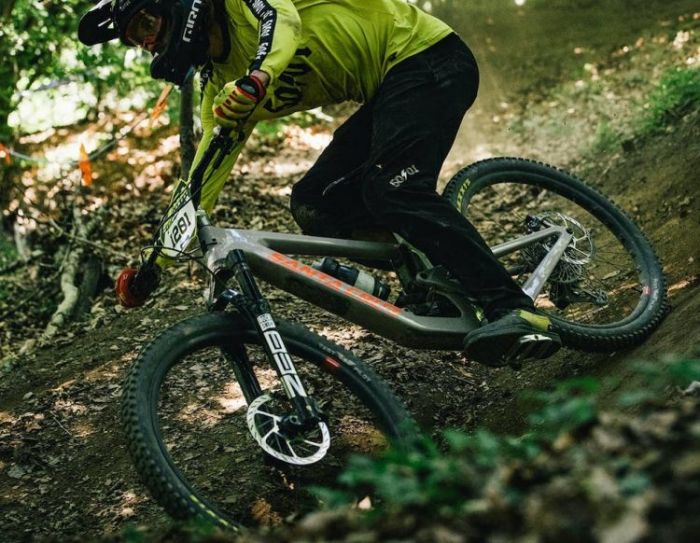Scott Spark 970 Review
- Price: $3,199
- Frame: Aluminum
- Tires: 29×2.4″
- Gear: 1 x 12
What we like about it:
- Designed specifically for exploring trails and off-road forest roads, emphasizing faster, lighter, and more agile full-suspension mountain bikes.
- The fully hidden rear suspension setup makes it more appealing than other full-suspension mountain bikes.
- It retains the suspension design of previous versions, with even more impressive shock absorption without sacrificing weight.
- It has responsive gearing and suspension damping, suitable not only for trail riding but also for tackling gravel roads and jumping on terrains with significant drops.
What we don’t like about it:
- It is not suitable for those who dislike suspension remotes.
- I found the steering response of the 29″ tires a bit sluggish during initial use. If it’s your first time using it, I recommend breaking it in before challenging technical routes. However, if you are confident in your skills or have enough experience, you’ll experience the thrill it brings!
Rating: (4.85/5)
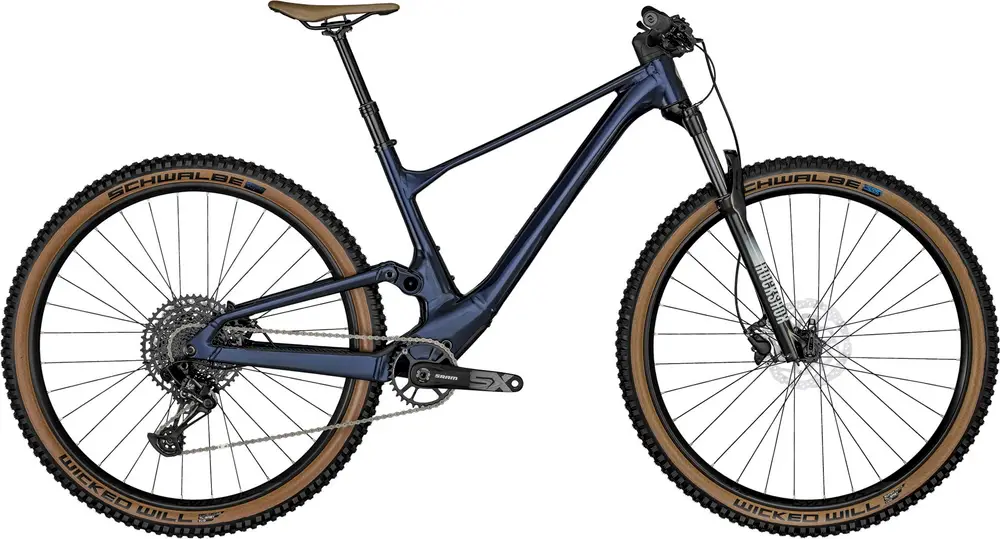
The Scott Spark 970 retains the suspension design of previous models but has been improved upon. This enhancement not only protects the shock absorber from unexpected impacts but also allows it to perform at its best even during rainy sprints.
As I know, the common drawback of full-suspension bikes is their added weight. This is due to the rear shock and the relatively complex structure of full suspension, which adds extra weight. However, the Scott Spark 970, being a full-suspension bike, weighs less than 1kg more than the Trek Marlin 8 Gen 3.
Although the Scott Spark 970 excels in off-road trail riding, during our four-week test ride, we not only traversed narrow trails but also subjected it to testing on harsh and rugged surfaces. Most of the results surprised us.
Below, we analyze the riding experience, key features, components, specifications, and other versions of the Scott Spark 970. In the latter part of this article, we also compare several top bike models. If you want to learn more about bike reviews, feel free to follow us.
Riding Experience
Before heading to the test location in Hudson Valley, we booked a homestay through IHG. We chose this place because many riders mentioned its beautiful scenery and comfortable environment, ideal for relaxing after a bike ride.
If you’re looking for a lightweight full-suspension mountain bike, I highly recommend you continue reading our review.
We rode in Stewart State Forest in the Hudson Valley this time. The trail we chose was over 22 miles long, with challenging terrain consisting of dirt, sand, and various types of gravel. The narrow trail and numerous turns also added to the challenges of our ride.
Mountain Trail Riding
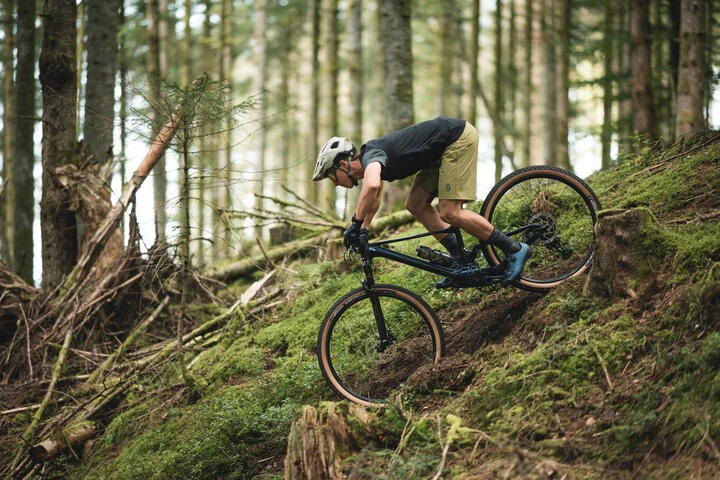
During mountain trail riding, especially in the muddy and slippery downhill sections of Stewart State Forest, I encountered some challenges. The abundance of tight turns and damp forest paths posed difficulties during the ride.
Due to initial underestimation, I ended up scraping my upper lip, but after that, I smoothly and quickly navigated through several turns and slippery descents.
This brings me to the 29″ Schwalbe Wicked Will tires. Despite their 2.4″ width not being exceptionally wide, their unique tread design provided me with the confidence to handle the corners. Of course, tires alone are not enough. I noticed that the RockShox Judy Silver TK Solo Air fork with 120mm of travel effectively absorbed ground impacts during my jumps and landings, enhancing the craziness of my jumps.
If you want to showcase your jumping skills here, the relatively slack head tube angle (65.8°) will stabilize your landings. Additionally, the hidden RockShox Judy Silver TK Solo Air reduces impacts from all angles (because, after multiple rides, the jumping experience is unmatched).
With over 10 years of riding experience, I believe that both beginners and experienced riders will remember the thrill and excitement this bike brings after trying it out.
Further Exploration – Blue Mountain Reservation
We didn’t stop at testing the Scott Spark 970 only on forest descents; we wanted to see more of its capabilities. So, in the following two weeks, we visited Blue Mountain Reservation, exposing the Scott Spark 970 to various environments.
In reality, the Scott Spark 970 didn’t disappoint us. If I have to point out a downside, it would be the overly responsive Shimano MT201 disc brakes. When sprinting downhill on the smooth boulders of Blue Mountain Reservation, I needed to stop within just a few steps. However, the sensitive Shimano MT201 brakes brought me to an abrupt halt, catching me off guard. After a sudden stop, the momentum caused another light kiss with the ground, reminding me to be mindful of braking. I recommend avoiding immediate braking at high speeds, as the combination of speed and weight can make it difficult to control due to inertia.
If you need more power to climb similar smooth, exposed boulders, don’t worry, we encountered such situations too.
As we know, front and rear suspensions can diminish power due to shock rebound. However, the exclusive dual-lock system of the Scott Spark 970 allows for locking the front and rear suspension. This provided me with greater power during ascents.
Gravel Riding
There are also plenty of gravel singletracks and narrow paths here that require constant attention to the road ahead. I had no issues during this gravel ride, partly because such routes are relatively common for me, but also because of the unique Spark suspension design of the Scott Spark 970 and the Syncros Fraser 2.0 DC handlebar. Despite having an aluminum frame, the Spark suspension design effectively reduced road vibrations, while the Syncros Fraser 2.0 DC allowed for a firm grip.
However, I have to say that even though my riding buddies found the Syncros Tofino 2.5 Regular saddle comfortable, I didn’t find it suitable. As a rider who spends a lot of time in the saddle, I have higher demands for a saddle. The Syncros Tofino 2.5 Regular saddle made my hips stiff during long rides, and its non-cutout design made it feel stuffy. If you’re like me and have specific requirements for a saddle, you may consider swapping it for a more suitable one.
Furthermore, the relatively steep seat tube angle (75.9°) allowed me to better utilize the power of my legs during this gravel path, reducing fatigue during long rides.
In conclusion, during the testing period of the Scott Spark 970, we believe it is suitable for riders at all levels. Whether it’s on off-road trails or gravel paths, we think the Scott Spark 970 is more than capable!
Specifications
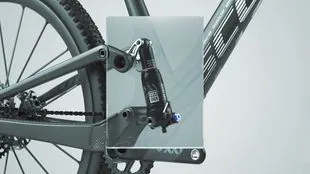
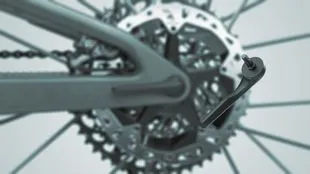
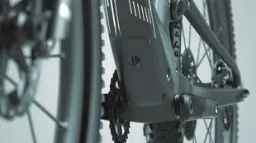
Since the Scott Spark 970 frame isn’t carbon fiber, I’ve heard some less favorable comments about it. Many people believe that Scott opted for an aluminum frame on this new version to reduce costs. However, during my time using it, I didn’t feel that it was significantly heavier compared to carbon fiber. On the contrary, the aluminum frame provided more direct feedback during the ride.
Moreover, the SRAM NX Eagle 1×12 drivetrain allowed me to quickly adjust gear ratios for various terrains. In other words, it always delivered the appropriate speed to handle the challenges from the ground.
Of course, its suspension design and brakes are relatively outstanding, as I mentioned earlier, so I won’t repeat them here.
However, I’d like to mention the SYNCROS DUNCAN Dropper Post on this bike. It’s an automatic dropper post, allowing for convenient seat height adjustments without needing to stop during downhill impacts. This feature is highly useful for riders.
I’d also like to highlight the REAR AXLE TOOL of the Scott Spark 970. This tool is an essential part of the bike. On this bike, it combines the T25, T30, and 6mm Allen wrenches. With these three tools, I can adjust almost all pivot buttons, providing more convenience for riders like me who love outdoor cycling.
Video
What do we like about it?
- The Spark suspension sets it apart from many other full-suspension mountain bikes, with a lighter shock absorption system.
- The SRAM NX Eagle 1×12 drivetrain makes shifting gears easier.
- The Shimano MT201 hydraulic disc brakes offer powerful braking performance compared to mechanical disc brakes and are less affected by weather conditions.
- The Syncros Duncan Dropper Post allows for convenient adjustments of your riding position.
- The adjustable head tube angle on the new Spark gives you more possibilities.
What don’t we like about it?
- The aluminum frame is one of the main reasons why many riders question its performance.
FAQ
- Is the Scott Spark an XC bike?
Certainly, if you want a capable downhill performer, you can give the Scott Spark 970 a try.
- Where is this bike manufactured?
According to research, Scott bikes are produced in their headquarters in Givisiez, Switzerland. However, the frames are manufactured in Taiwan and then transported to the factory for assembly.
- What size options are available for the Scott Spark 970?
| Rider height | SIZE |
| 5’2″ – 5’8″ | SM |
| 5’6″ – 5’11” | MD |
| 5’10” – 6’3″ | LG |
| 6’1″ – 6’7″ | XL |
Specs
Build
| Frame | Spark Alloy SL 6011 Integrated Suspension Technology Flex Pivot / Adjustable head angle Syncros Cable Integration System BB92 / UDH Interface / 12x148mm with 55mm Chainline BB Standard: BB86/BB92, Press FitHanger Standard: UDH |
| Fork | RockShox Judy Silver TK Solo Air 15x110mm QR axle / 42mm offset / Tapered Steerer 2-Modes / Reb. Adj. / Lockout / 130mm travel |
| Rear Shock | X-Fusion NUDE 5 RLX Trunnion SCOTT custom w. travel / geo adj. 3 modes: Lockout-Traction Control-Descend Reb. Adj. Travel 120-80-Lockout / T165X45mm |
| Bottom Bracket | SRAM DUB PF 92 MTB Wide / shell 41x92mm |
| Headset | Syncros – Acros Angle adjust & Cable Routing HS System +-0.6° head angle adjustment ZS56/28.6 – ZS56/40 MTB |
| Stem | Syncros DC 3.0 Syncros Cable Integration System 0° rise / 6061 Alloy / 31.8mm / 1 1/8″ |
| Handlebar | Syncros Fraser 2.0 DC Alloy 6061 D.B. mini Rise / back sweep 8° / 760mm Syncros Performance XC lock-on grips |
| Saddle | Syncros Tofino 2.5 Regular |
| Seatpost | Syncros Duncan Dropper Post 31.6mm / S size 100m / M size 130mm / L & XL size 150mm |
Groupset
| Rear Derailleur | SRAM NX Eagle 12 Speed |
| Crank | SRAM SX Eagle DUB 55mm CL / 32T |
| Shifters | SRAM SX Eagle Trigger |
| Cassette | SRAM SX-PG1210 / 11-50 T |
| Chain | SRAM CN SX Eagle |
| Brakes | Shimano MT201 Disc |
Wheels
| Rims | Syncros X-30SE / 32H / 30mm |
| Spokes | Stainless Black 15G / 1.8mm |
| Front Hub | Formula CL-811 / 15x110mm |
| Rear Hub | Formula CL-3248 / 12x148mm |
| Tires | Schwalbe Wicked Will 29×2.4″ Performance / Addix |
| Disk Rotors | Shimano SM-RT10 CL / F&R 180mm |
Comparison Table
| Bikes | Click view | Tires | Drivetrain | Frame Material | Groupset |
| Canyon Neuron 6 WMN | Click View | 29 “x2.4” | Shimano SLX, 12-speed | Aluminum | SRAM DB8 Hydraulic Disc |
| Cannondale Habit Carbon 3 | Click View | 29 “x2.5” | SRAM GX Eagle 1×12 | Carbon | SRAM Guide R hydraulic disc |
| Commençal META TR 29 SIGNATURE | Click View | 29″ | SHIMANO XT, 12s | Aluminum | SHIMANO XT, 2 pistons hydraulic disc |
| Specialized Stumpjumper Alloy | Click View | 29×2.3″ | SRAM SX Eagle, 12-speed | Aluminum | Tektro Gemini Comp, hydraulic disc. |
Scott Spark 970 vs Canyon Neuron 6 WMN
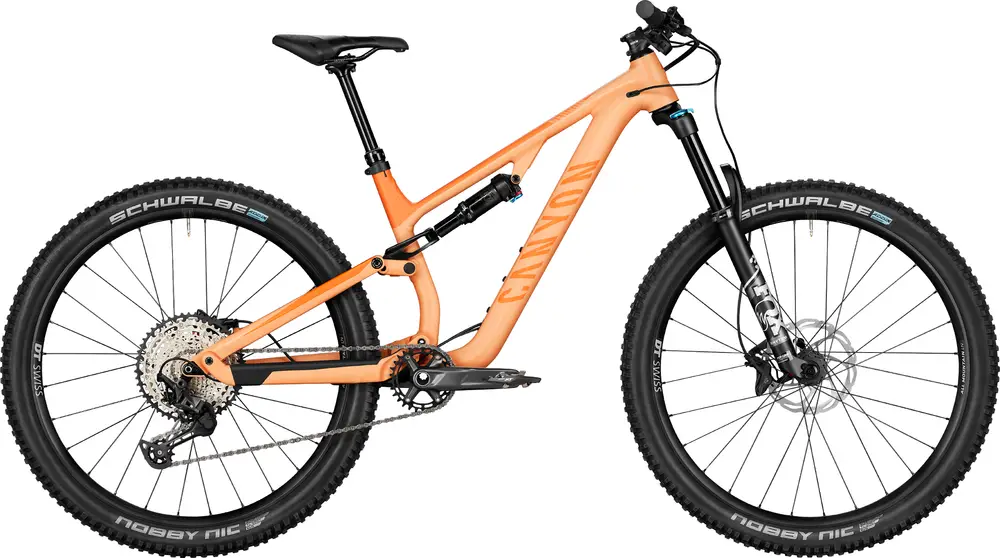
To be honest, the Canyon Neuron 6 WMN surpasses the Scott Spark 970 in terms of both front and rear suspension travel and overall weight. Additionally, its performance during actual rides is satisfying. Moreover, it is priced lower than the Scott Spark 970.
However, the Scott Spark 970 also has its advantages. The Syncros Duncan dropper post provides a smoother feeling when maneuvering downhill.
In terms of brakes, the Shimano MT201 Disc brakes equipped on the Scott Spark 970 feel more linear and smoother. The SRAM DB8 Hydraulic Disc brakes on the Canyon Neuron 6 WMN provide a more direct feel and a stronger braking force.
However, the Scott Spark 970 offers the ability to adjust the head tube angle, which is a nice feature for riders who enjoy challenges.
In conclusion, regardless of your choice, the key is to first understand your own needs.
Scott Spark 970 vs Cannondale Habit Carbon 3
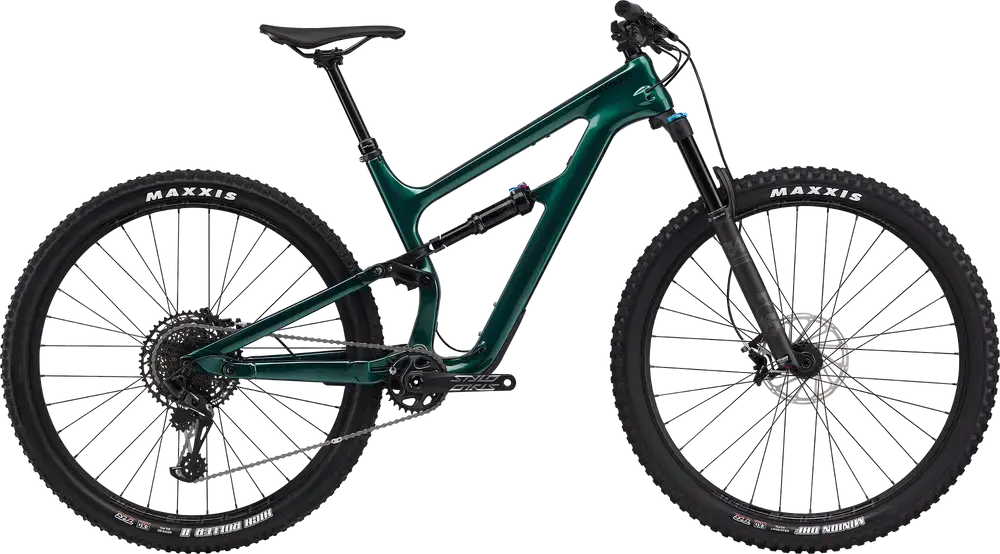
The frame of the Cannondale Habit Carbon 3 is made of carbon fiber, giving it an advantage in terms of weight. It also has slightly longer front and rear suspension travel compared to the Scott Spark 970. However, this bike utilizes SRAM for both the drivetrain and brakes. I have always found SRAM drivetrains and brakes to provide a more direct feel in terms of operation.
Although the Scott Spark 970 is priced nearly $1000 cheaper than the Cannondale Habit Carbon 3, I still prefer the Cannondale Habit Carbon 3 in terms of riding experience.
However, during long rides, the relatively steep seat tube angle of the Scott Spark 970 allows for better power delivery. Additionally, its BB drop (332mm) is lower, providing better balance and control during jumps and descents.
So, if you prefer a lighter frame or if you’re a loyal fan of SRAM, you can give the Cannondale Habit Carbon 3 a try. But if you’re more interested in the suspension design of the Scott Spark 970, you can give it a try.
Learn More: Is Cannondale Habit 4 A Good Bike? [Cannondale Habit 4 Review]
Scott Spark 970 vs Commençal META TR 29 SIGNATURE
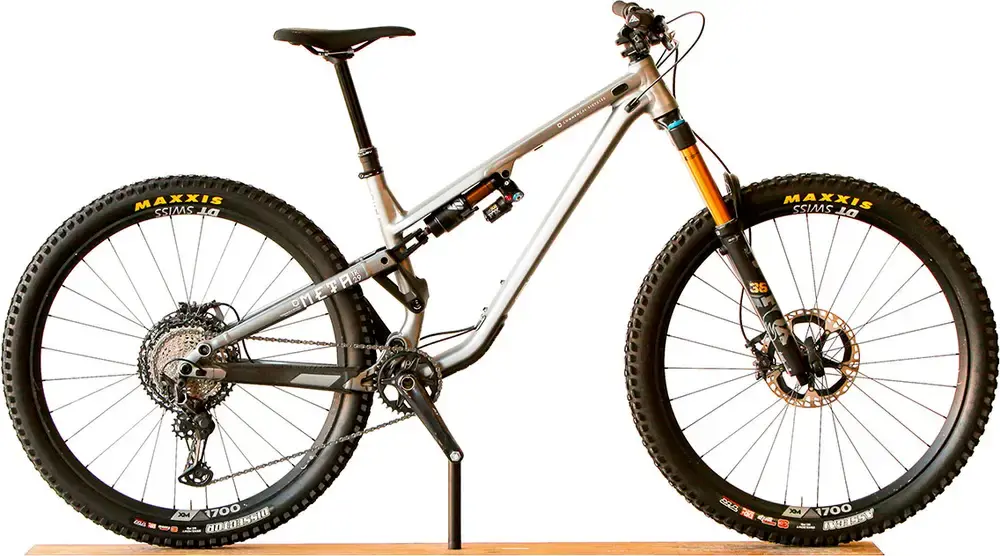
Both of these bikes have aluminum frames, but the Commençal META TR 29 SIGNATURE is $1000 more expensive than the Scott Spark 970. Of course, I don’t mean to imply that you should choose the cheaper option. If you pay attention, you’ll notice that the Commençal META TR 29 SIGNATURE has significant front and rear suspension travel. It feels better to me when I’m jumping on technical sections. However, on regular off-road trails, I find it somewhat uncomfortable.
On the other hand, when using the Scott Spark 970, whether it’s on challenging terrain or regular off-road trails, I find it to be responsive and comfortable to handle.
So, if you enjoy experiencing more thrilling jumps, I think you can give the Commençal META TR 29 SIGNATURE a try. If you prefer agile handling, the Scott Spark 970 would be a good choice.
Scott Spark 970 vs Specialized Stumpjumper Alloy
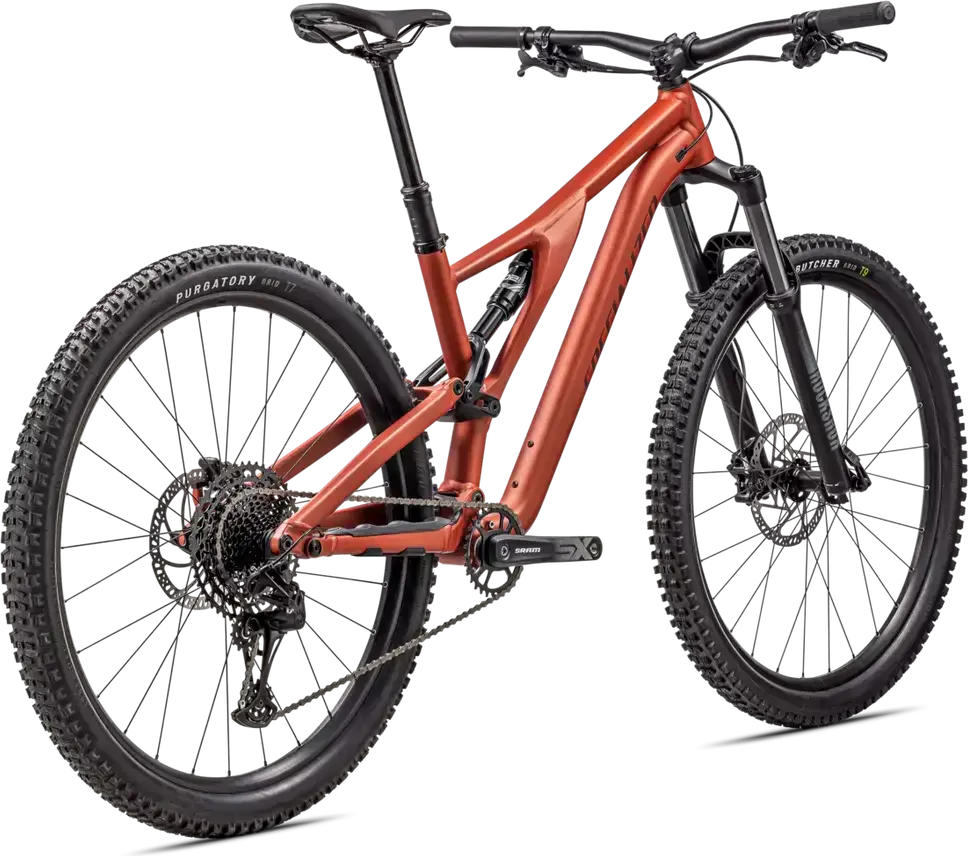
Both bikes feature a 1×12 drivetrain, and both utilize SRAM components. However, the SRAM NX Eagle equipped on the Scott Spark 970 is lighter and of better quality compared to the SRAM SX Eagle on the Specialized Stumpjumper Alloy. It also offers better durability.
Moreover, I prefer the feel of the Shimano MT201 Disc brakes on the Scott Spark 970. So, if it were up to me, I would gladly spend an extra $400. After all, both its suspension design and component configuration mean that it can accompany me on more challenging routes.
Of course, if you prefer the Specialized Stumpjumper Alloy, you can certainly give it a try. It’s well known that everyone has different preferences.
Learn More: Is the Specialized Chisel Comp worth buying? [Specialized Chisel Comp Reviews]
Summary
Above is our review of the Scott Spark 970. This excellent full-suspension mountain bike performs exceptionally well in races, enabling riders to achieve impressive results. Based on our evaluation, we give it a high rating of 4.85. If you want to obtain more information about bicycles, feel free to explore our other reviews.
Lastly, if you enjoy our content, please share it with your friends. If our content has been helpful to you, you can click the subscribe button below to receive updates via email. Thank you for your support!

![[Orbea URRUN 10 20mph Review] – Best Used By People Who Enjoy Riding To Get AFeel For The Mountains!](https://bestbikeselect.com/wp-content/uploads/2023/09/2023-Orbea-URRUN-10-20mph-35_-1024x1024.jpg)
![[Specialized Turbo Como 5.0 Review] – Good Choice?](https://bestbikeselect.com/wp-content/uploads/2023/08/2023-Specialized-Turbo-Como-5.01_-1024x1024.webp)
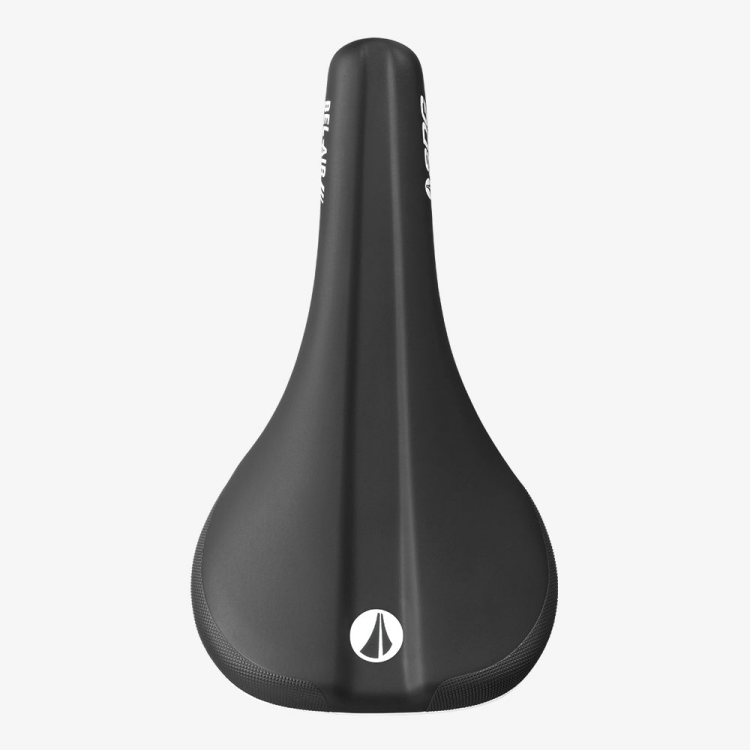
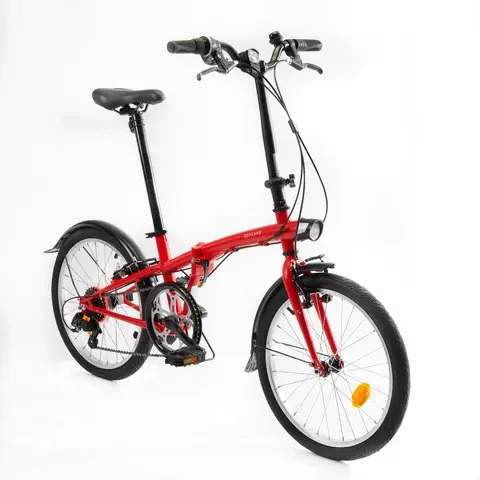
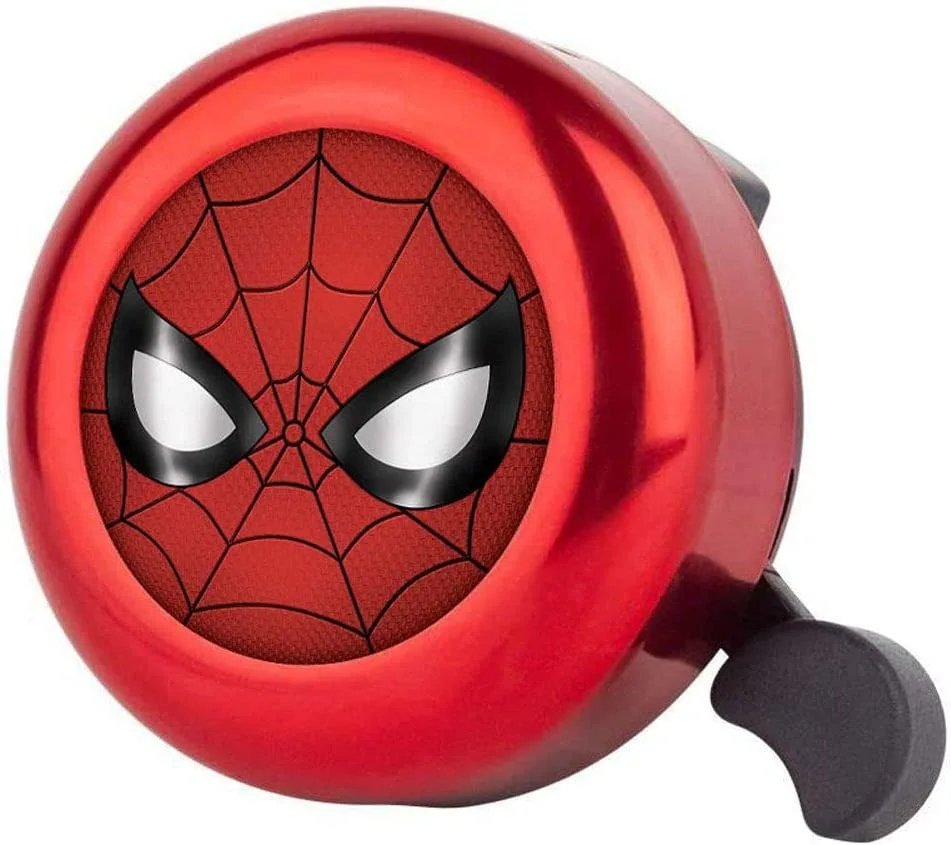
![2025 Built for Champions:[Orbea ORCA M21eTEAM PWR Review]](https://bestbikeselect.com/wp-content/uploads/2025/01/ORCA-M21eTEAM-PWR-1024x885.jpg)
![2025 Conquer Any Trail [Santa Cruz Bronson R Review]](https://bestbikeselect.com/wp-content/uploads/2025/01/Santa-Cruz-Bronson-R-1-1024x768.webp)
![2025 The All-Terrain Beast [Santa Cruz Hightower 3 MY24 Review]](https://bestbikeselect.com/wp-content/uploads/2025/01/Santa-Cruz-Hightower-3-MY24-1024x768.webp)
![The Best Comfortable Leisure Bike of 2025 [ Trek Verve 2 Lowstep Gen 5 ]](https://bestbikeselect.com/wp-content/uploads/2024/12/Verve-2-Lowstep-Gen-5-02-1024x681.png)
![2025’s Top Endurance Bikes [Cannondale Synapse Carbon 3 L Review]](https://bestbikeselect.com/wp-content/uploads/2025/01/Cannondale-Synapse-Carbon-3-L-1-1024x627.webp)
